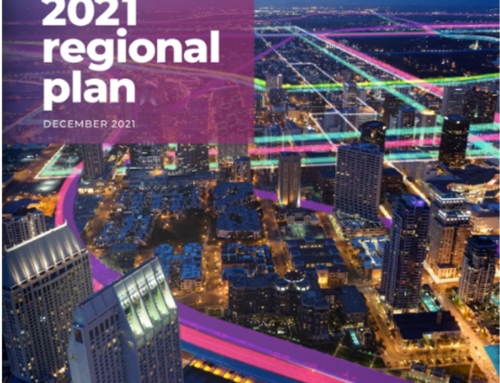On Tuesday, September 1 STAY COOL will host an event on Community Choice Energy (CCE) featuring speaker Nicole Capretz, Executive Director of Climate Action Campaign, which advocates for clean energy choices.
What is CCE?
Community Choice Energy (CCE), provided for by AB 117 (2002), allows cities, counties, or groups of cities to pool or “aggregate” electricity customers to form a local agency to provide electricity services to their constituents. Also known as Community Choice Aggregation (CCA), CCE gives communities themselves the power to purchase renewable energy on the market, build local clean energy generation, reduce energy demand, and set competitive rates on behalf of local residential and business customers. The existing investor-owned electric utility, which is SDG&E here in San Diego County, continues to deliver power to customers and provides standard services such as line maintenance, meter reading, and billing.
as Community Choice Aggregation (CCA), CCE gives communities themselves the power to purchase renewable energy on the market, build local clean energy generation, reduce energy demand, and set competitive rates on behalf of local residential and business customers. The existing investor-owned electric utility, which is SDG&E here in San Diego County, continues to deliver power to customers and provides standard services such as line maintenance, meter reading, and billing.
How does it encourage more use of renewable energy?
Community Choice Energy gives customers a choice in their energy provider. Cities and counties contract with a licensed energy service provider to purchase energy in bulk, build renewable energy generating facilities, and implement energy efficiency programs. This efficient public/private partnership makes it possible to get the greenest energy at competitive or lower rates. Each consumer is enrolled in the program unless they “opt out.” In other words, consumers can choose to buy electricity through the community choice program or stay with the investor-owned utility. The city or county keeps prices competitive—and affordable for low-income residents— while investing in renewable energy generation and energy efficiency with citizen oversight.
Who runs the program and what does a city need to do to get started?
A CCE program hinges on the establishment of a public administrative agency. This agency can conduct studies of potential demand-side and renewable generation resources, develop a plan for deploying such resources, and implement that plan over time through the appropriate procurement mechanisms and long-term power planning.
Cities can get started by creating a citizen-led oversight committee, conducting a feasibility study and building public support.
What are the benefits of CCE?
Analysts believe that a CCE system can provide competitive electricity costs, higher rate stability, and more and faster reduction in greenhouse gas emissions. A local CCE program offers a choice of energy providers and creates competition that encourages clean energy innovation and improved pricing. Local control allows customers to help provide accountability on electric rates.
Furthermore, the development of these local assets involves local investments that bring economic development and clean energy jobs to the community. Today, millions of dollars leave San Diego to pay for electric generation. Over time, a local community choice program can buy increasing amounts of power from local sources, helping support local jobs and local economic development.
Has CCE been successful in other areas?
There are several successful Community Choice Energy programs currently operating in California: the City of Lancaster, Marin and Sonoma Counties. CCE is being actively pursued or considered in dozens of communities across California: San Francisco, South Bay Los Angeles, Santa Barbara, San Luis Obispo, Monterrey, Silicon Valley cities and many others. The city of Encinitas has formed a citizens committee and is currently exploring the pros and cons of a community choice program.
Attend our STAY COOL event on Tuesday, September 1, 2015, 5:30-7:30 pm in Del Mar to learn more about CCE. We’ll hear about successful case studies and learn about ways we can support local CCE programs. Contact Sarah at sarah@staycool4grandkids.org to learn more or to RSVP.
Answers compiled from the Climate Action Campaign https://www.climateactioncampaign.org/ and Local Clean Energy Alliance website resources https://www.localcleanenergy.org.



